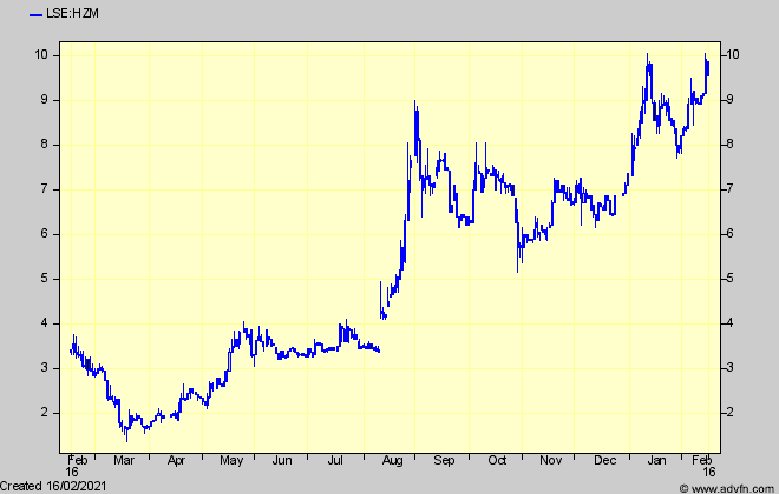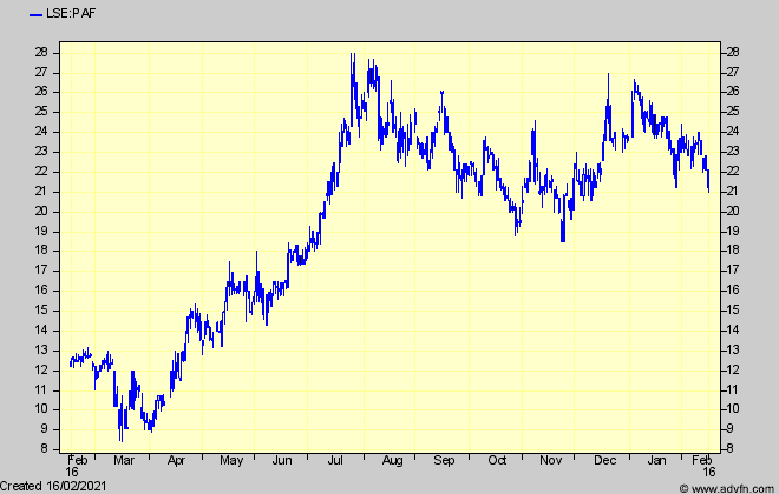John’s Mining Journal: Solgold schadenfreude

Xtract Resources continues to be the focus of attention, but plenty is happening on other fronts.
However, writing about Xtract at this stage is a bit problematic, as it is still very early to judge how its Racecourse copper deposit at its New South Wales Bushranger licences is shaping up, with significant (or insignificant) drilling results liable at any moment to render my comments instantly wrong.
As ever, investors’ focus is on whether the deposit will turn out large enough to tempt Anglo American back in. To remind, AA said when selling it in Dec 2017 that it might buy the licence back if the deposit grew from the then 350,000 or so tonnes equivalent of contained copper, to 2 million tonnes.
That was when the copper price was at $3/lb (and had been $2/lb, 18 months previously) compared with $3.5/lb today, so Racecourse could be more economic at a smaller size. On the other hand, AA has its own list of priorities and opportunities which will have changed, so it can’t be taken for granted that it would still be interested.
Anyway – back to the drilling. Someone said ‘stock markets climb a wall of worry’, and that describes Xtract’s present share behaviour exactly. Some investors jump at reports that the drill is still ‘in mineralisation’, while others worry because CEO Colin Bird appears to have dropped his initial habit of quoting approximate copper grades, measured in the extracted drill cores by hand-held spectrometer, in favour of waiting for exact grades to come back from the assay laboratories. These won’t be known for at least another month, so the doomsters worry that recent ones aren’t quite as good!
Even so, two deep drills so far appear to have extended the longest dimension of what seems a typical pear-shaped copper-gold porphyry deposit by almost 50% more than produced the 350,000-tonne resource. And if the other two dimensions are larger in the same proportions, three-dimensional geometry tells us that the total volume could be 3.4 times larger – but still not large enough to reach the 2 million target.
So that is why investors are hanging on every drilling announcement, which is now concentrating on finding the other two dimensions.
To do so however might be hit and miss. By definition, Xtract will be aiming to find the boundary between copper mineralisation, and rock that is empty of it. So a particular drill could just miss the boundary without realising it, or just skim it. And so, also, might grow the number of drill holes needed to find them, and the time and money it might take.
Xtract’s programme at present envisages up to six holes – the third currently in progress – in an initial phase, but another phase might follow. So the story might have some time further to run. Of course it is the assay results that will either spark more interest and spur the shares back up to, and probably beyond, the 8.5p they reached a month ago, or dampen them. I don’t really expect the latter outcome, because Bird thinks the pending assays will show a greater gold content in the lower parts of the deposit which were not counted at all in the 2018 resource calculation.
And that might increase the gold content above the 10% of the value of the copper in the current known resource and so improve the overall economics. (But only if, as I doubt, the gold price increases in the future as much as I believe will copper).
Elsewhere, the big story, which I’m sorry I didn’t have time or space to cover in time, is the disaster (whether temporary or permanent I can’t yet tell) which its CEO Nick Mather seems to have brought upon Solgold. His sin, which I hinted at a long time ago, was his refusal to contemplate any other strategy than to develop Solgold’s , (possibly monster) Alpala resource – all by Solgold’s little self. It never was feasible, if only because investors would not have accorded the value in its shares to enable Solgold to fund exploring its other prospects via reasonably priced equity issues, while waiting such a long time (at least 8 years and possibly more) before Alpala delivers any profit.
As it is, not only was that potential profit questioned a few months ago by whistle-blowing independent researcher Crux (who doubted whether Alpala could ever be profitable at all – unlike the brokers who continued to tout their absurd NPV based ‘targets’, four times higher than the shares are now) but any value has now been deferred even further by Solgold having to start a completely new and cheaper mine plan, with its updated economic analysis (PEA) that was expected any time now, deferred for another year.
So maybe Solg has been knocked down too far by a combination of unfortunate events. But I wouldn’t count on the shares being rescued by any sort of bid in the foreseeable future.
It is however a pity that the Schadenfreude I was beginning to enjoy when contemplating Greatland Gold’s 41% tumble from the 36p peak I thought absurdly high in relation to Solgold, has now been wiped out by Solgold’s similar fall!
Xtract has somewhat taken over what I was about to say about some other miners I’ve covered in the past. Although I might not have time or space to update them in detail, I would point out some that I’ve put forward in the last year or so as worth following. As ever, I have to say I don’t keep up day-by-day, so don’t expect me to guide on timing.
A strong nickel price along with progress in funding Horizonte Minerals’ Araguaia nickel plant has almost completely de-risked what promises to be a major world producer A $325 debt package signed in August doubled the shares above the level I’d thought they’d be for the major equity funding still to come, and more recently a take-off agreement and further funding promises have helped them further. The final project financing including an equity raise is coming later than I thought when last commenting well before Covid slowed everything down, but should be this year, which is why brokers are now starting to follow the company more closely. I’d suggest waiting until the effect of their initial blurbs wears off before jumping aboard however.

My recommendation to climb back aboard Pan African Resources certainly paid off, but holders might be wondering whether they should take their profit. The shares’ sterling performance up to August followed the predicted sharp increase in cash generation and fall in debt, and the 26% revenue increase in dollar terms for the year to June last, with earnings per share 92% higher. So perhaps short-term profit-taking was inevitable. However, research house Edison is forecasting progress to continue at the same rate, with dollar earnings per share estimated to rise from 3.8 cents to 6.4 cents (5p) this year, and the dividend to increase again to 1p where it offers among the highest prospective yields in the natural resources sector.

Given that PAF is exposed almost wholly to gold, my current recommendation will be obvious, and – come to think of it – is the same every time I write about the company.
Dumb as a post.